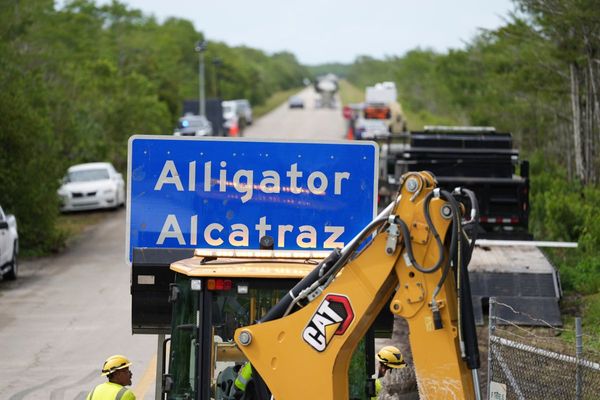
The department's response and recovery funds for farms caught up in adverse events has swelled 900 percent in the face of climate change.
The Ministry for Primary Industries says its budget for supporting rural communities hit by severe weather is nine times too small.
The department gets $530,000 annually for the purpose, which is enough to handle a couple of "medium-scale events" in any given year. But, on average, it has sent $4.8 million out the door to respond to adverse events in each of the past five years, Agriculture Minister Damien O'Connor wrote in a proactively-released Cabinet paper.
The December paper asked for the ministry's budget to be boosted by $4.8 million for the remainder of the 2021/22 financial year. O'Connor wrote that the agency used up its annual funding responding to the May 2021 Canterbury floods and "has limited ability to fund support for the West Coast and top of the South, and any future adverse events in the 2021/22 year and out-years".
The budget boost came just in time. Over the past two weeks alone, O'Connor has had to authorise the allocation of $400,000 to respond to two separate adverse events – the flooding in Westport and the aftermath of ex-cyclone Dovi in the North Island.
In the Cabinet paper, O'Connor warned that MPI currently has to seek Cabinet approval whenever it wants to exceed its $530,000 budget. That can slow down response and recovery efforts, when the new money can be signed off by him alone.
He said he intended to seek funding for a more sustainable response and recovery function in Budget 2022 as well.
"I want MPI to have sufficient capacity to effectively undertake recovery activities for adverse events that affect rural communities, animals, and primary industries (and thus the economy)," he wrote.
"The increasing number and frequency of events mean more staff resources are needed to directly activate and support on-the-ground activities, and work alongside farm advisers and other rural professionals to help farmers and their communities, including Māori, to assess and manage the impacts on primary production and animal welfare – similar to NEMA's focus on urban infrastructure and response."

O'Connor told Newsroom he had asked officials to look into what may need to change in the future to respond to adverse events in rural communities, but said "it is too early to determine what funding will be required in future years".
In the Cabinet paper, the minister wrote that more extreme weather events were also likely as the world warms.
"NIWA's outlook to 2040 projects that there will be a 50 percent increase in number of hot days; a 50 to 100 percent increase in droughts across New Zealand; generally wetter conditions overall with 10 to 20 percent more heavy rain events in the West Coast; and an increasing number of energetic storms."
A 2020 government review of the risks New Zealand faces from climate change found the primary sector was a "priority risk".
"Climate change threatens the viability of parts of this industry, with major disruptions to production across the agricultural, horticultural and forestry sectors," the report found.
"Extreme weather events, such as flooding or wildfire, can cause extensive damage and disrupt market access, while changing seasonality and climate suitability will require farmers to adopt new management practices. Consequences will vary across production type and region but, without effective adaptation, are likely to involve considerable disruption and economic losses."
Scientists have also determined that recent extreme weather events were made more likely and more intense by climate change.
Chris Noble, a senior meteorologist at MetService, works on a project that seeks to rapidly determine how much of a recent storm or drought might be attributed to climate change. That project found the disastrous Canterbury floods - which MPI spent $4.5 million responding to - were 15 percent more intense as a result of the world warming.
48-hour rainfall at Mt Somers, 1909-2021

"Every degree you warm a parcel of air, it can hold 7 percent more moisture which means the rain is heavier because the air is warmer. That's the big problem that we all face, because if we continue to warm another degree, then that's another 7 percent more moisture the air can hold, which means these storm systems will be able to produce heavier rainfall than what they can now," he said.
Noble said the storms from recent years were like nothing he'd seen in his 24 years at MetService.
"These recent events have been amazing. The last year or two, we really have seen some big severe weather events in the country."







